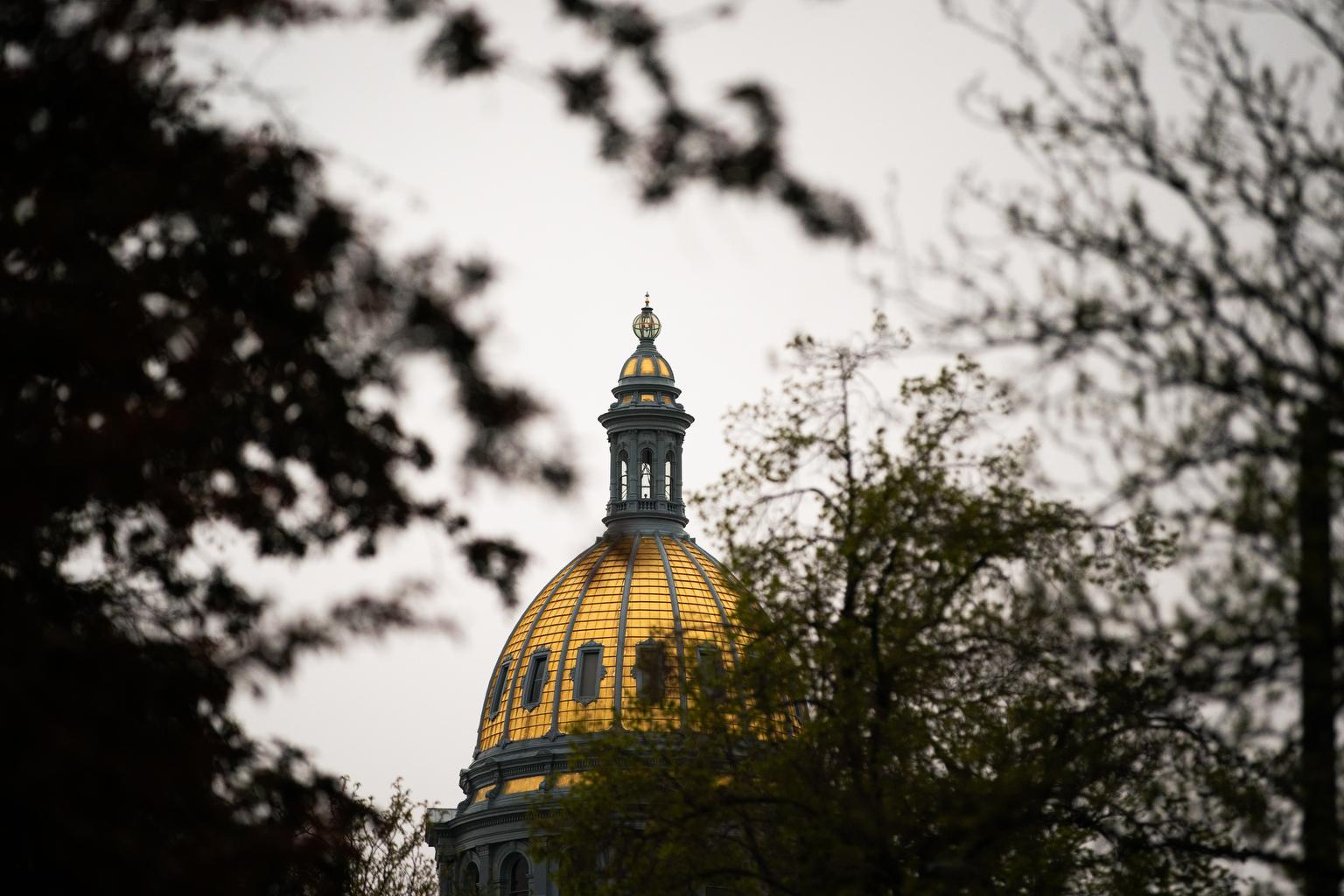Outdoor sports dominate the Upper Arkansas River Valley, with attractions like white water rafting and fly fishing drawing tourists from across the country. With climate scientists predicting reduced flow as the century unfolds, the region could face a future with less water.
For visitors seeking an adventurous Colorado outdoor experience, look no further than Chaffee County.
"Most notably," says Brandon Slate, who runs the Buena Vista-based Rocky Mountain Outdoor Center, "is our kayak and standup paddle school. We teach people how to do those activities. We also do white water raft trips, rock climbing, and mountain biking trips as well."
The Rocky Mountain Outdoor Center is one of many outfitters along the upper Arkansas River.
"We like to say, 'Choose your own adventure,'" Slate says.
Just shy of 30 miles south of Buena Vista along Route 285 and the Arkansas River is the town of Salida. Judy Perham has lived there for almost nine years. On their way to lunch, Perham and her friend lean against the side of a bridge, drinking in the sight of the Arkansas and the snowcapped peaks in the background.
"I didn't realize how much a river could mean to me until I moved out here," Perham says. "It just really touches my soul, and I just enjoy it. I mean, I love it."

The river plays an important role in the region's economy. Tourism, along with recreation, is one of the biggest economic drivers in the county. But researchers predict warmer temperatures from climate change will drive stream flows down in Colorado waterways, including the Arkansas. Research scientist Brad Udall with the Colorado Water Institute recently released a study on the effects of climate change on the Colorado River.
"It will continue to warm as the 21st Century unfolds and we continue to emit greenhouse gases, so we will continue to lose flow," he says.
It's an issue Udall says also applies to the Arkansas River due to the close proximity of their headwaters.

Brandon Slate also heads the Arkansas River Outfitters Association, a group of professional raft and kayak guides. He says he sees climate change as a threat to the river, but says he's not concerned about his business because white water rafting and kayaking would still be possible even at low flows.
"High water is exciting and thrilling, but low water can offer really cool technical moves and nice warm pools and beaches to hang out on. So it's all fun," says Slate.
But that's not the only popular sport along the Arkansas.
Chaffee County Commissioner Greg Felt sits inside Ark Anglers, a fly-fishing shop in Salida that he co-owns.
"I think we are doing everything we can to try and anticipate what the impacts of climate change could be," he says.
Felt says he's a part of water conservancy districts, roundtables, and citizen task forces to talk with basin-wide stakeholders about threats to the Arkansas River.
From a fishing standpoint, Felt says his primary worry is the potential for more forest fires, which are predicted to be more frequent and intense with climate change. He says they're currently seeing the aftermath of 2016's Hayden Pass Fire near Coaldale.

Felt says had that fire occurred on nearby Cottonwood Pass, "As a fishery and as a destination for fisherman, the Arkansas River would be really struggling right now. And I think its naive to think we aren’t going to have fire further upstream."
Burn scars along waterways can cause a build up of ash and debris in the water, which Felt says can be tough on fish and could affect the industry.
Research from the Natural Resources Defense Council and Trout Unlimited also suggests [.pdf] western trout populations are vulnerable to climate change due to increased drought, reduced snowpack, and early spring runoff.
But despite predictions of less flow, being situated so near the headwaters is one factor that could be Chaffee County's saving grace.

Just north of the county, the East Fork of the Arkansas and Tennessee Creek converge to form the Arkansas River. That, says Colorado Water Institute's Brad Udall, could be beneficial.
"There aren’t any major diversions until you get down to the Great Plains, Canon City, Pueblo, and below," says Udall. "And so that upper river, to some degree I think, will be somewhat protected."
Rocky Mountain Outdoor Center's Brandon Slate says it's hard to prepare for such an uncertain future.
"You can definitely never completely ensure that there will be enough water in the river; Mother Nature has the ultimate say."
Slate recently moved his shop to a new location and now sits waterfront. He says this season is shaping up to be a good one, and in terms of reservations, he says phones are ringing off the hook.
This piece is the second in a three-part series that examines climate change along the Arkansas River. The first piece looks at climate change and water flows along the Arkansas River in Colorado. The third piece visits the Lower Arkansas River Valley, which relies on the river for agriculture.








